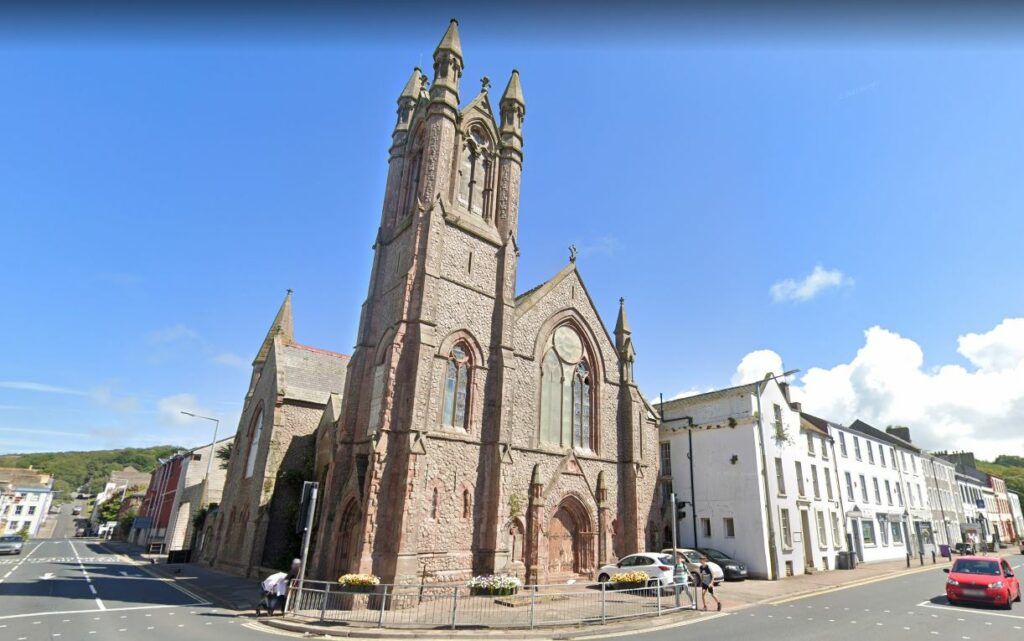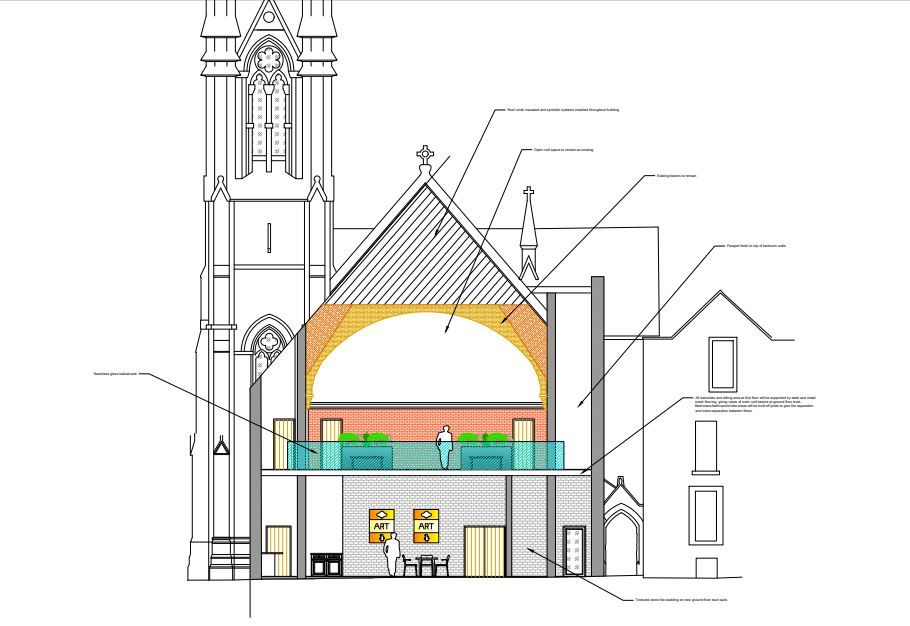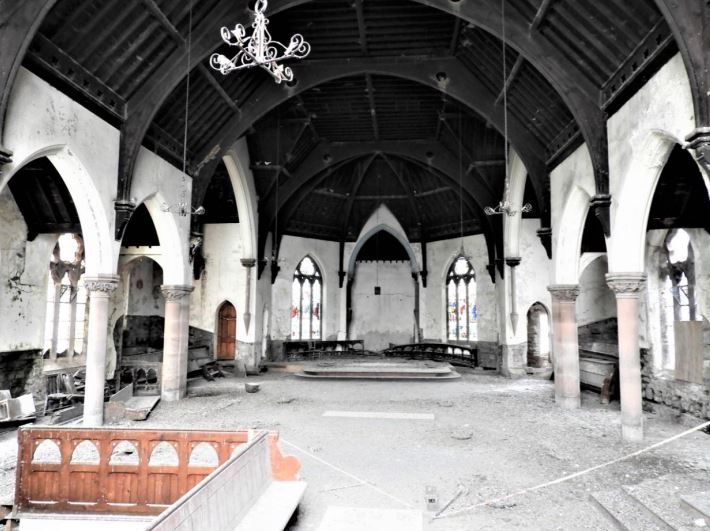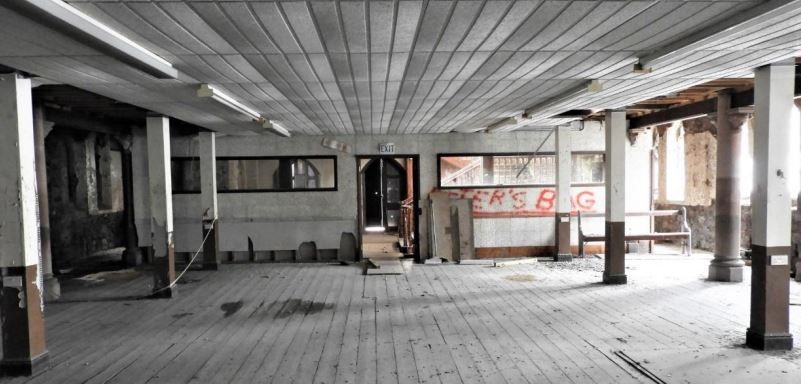
A landmark Whitehaven building is set to be transformed into a luxury home.
The former Wesleyan Methodist Church in the town centre has been vacant since 1996.
Sitting at the crossroads of Lowther Street and Scotch Street, the impressive Gothic-style building dates back to the 1800s and is Grade II listed.
Nick Browne has applied to Copeland Council for permission to convert the building, which is in Whitehaven’s Conservation Area.
The church, which could seat 800 people, cost £5,285 to build and the Methodist Church and Sunday School paid £3,250 for the plot of land – mainly paid for via donations. It was designed by T Lewis Banks.

It was listed in December 1978, when it had just celebrated its centenary and was still a vibrant place of worship, a heritage statement submitted to the council said.
However, by 1995, the congregation had dwindled and the church’s condition was beginning to deteriorate and needed £50,000-worth of urgent work and £104,000-worth of less urgent work. The decision was made to close it.
The statement added: “In the 27 years since its closure the building has fallen into serious disrepair. In 1995, the surveyor stated ‘there are a number of areas that have not been examined’, either because they are inaccessible, unsafe or dangerous to health.”

It noted that the building has 19 separate roofs. It added: “Since the closure of the church and the removal of the seating, organ and other furniture, the interior has lost a great deal of its significance as a spiritual space. What does remain is the lofty, open, first floor space with its impressive roof structure and the two principal windows at each end of the nave.
“In particular, the stained glass windows of 1928 within the apse are still in good condition and should be retained and carefully treated in any future scheme. This
was a very significant building by a nationally renowned Cumbrian architect. It should have been treated as such. The damage that has been done has not destroyed all of its significance as both a church and an historic building. What has survived deserves to be protected and retained.”

The proposal is to use the fabric of the church and ‘not damage anything significant’. The application would involve inserting partition walls to break up the space, which could be removed at a later date.
The application is for the church building only as the Sunday and primary school buildings are in separate ownership. The report added: “The lecture hall, vestries, kitchen and caretaker’s flat are in such poor condition that it has not been possible to examine all of this area of the building. The vestry and kitchen area are derelict and the roof has collapsed in places.
“There is no doubt that this is a building at risk. This is a valid proposal and in view of previous alterations and its current condition the works are considered a modest intervention, involving the minimum of interference to the building’s character which still retains original features and maintains its spiritual, architectural and historic significance.”







